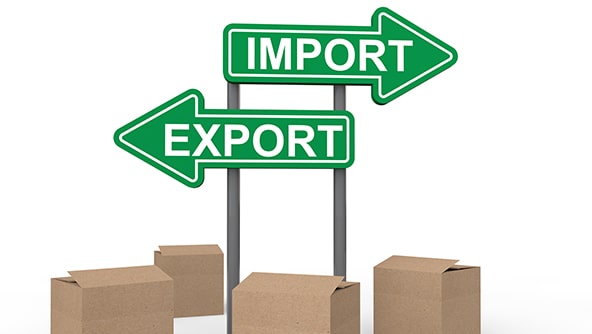OSHA is readying to publish a new Letter of Interpretation that provides a further explanation of labeling rules for importing and exporting hazardous chemicals under the Hazard Communication Standard (HCS 2012). OSHA issued the letter as a response to an inquiry from the American Coatings Association (ACA) around labeling best practices for goods that will be immediately shipped outside of the United States, or are being imported from another country. Specifically, OSHA answered issued clarifications regarding four scenarios.
The guidance can be summarized as:
- When importing, the responsibility of the importer to ensure that the incoming containers of hazardous chemical have appropriate GHS labeling “begins when the importer takes control of the containers.” Prior to shipping out the containers that have been imported, it is the importer’s responsibility to ensure the containers are adequately labeled. It is the responsibility of the importer to proactively work with the overseas/foreign manufacturer to produce an OSHA-compliant label.
- When manufacturing goods that will be immediately exported, and which will be shipped in a U.S. Department of Transportation (DOT) approved container, the manufacturer can label the sealed goods with the hazard communication labeling of the destination country only as long as an OSHA HCS 2012-compliant label accompanies the outside of the shipping container or is attached to the bill of lading.
- If manufacturing goods for export that will be stored on-site at a location owned by the manufacturer before shipping out, the internal goods can still be labeled for the intended market, but the external packaging must have an “in-house” HCS 2012-compliant label on the outside of the shipping container, in accordance with 1910.1200(f)(6).
- If manufacturing goods for export that will be “temporarily stored at an off-site manufacturer’s or third party warehouse” the interior goods may still be labeled for the intended market, but an HCS 2012 compliant label must come attached to the shipping container or bill of lading, and a safety data sheet must be provided to the third party.
In the new letter of interpretation, OSHA adds that “in all [above] situations, employers shall ensure that safety data sheets are maintained, available upon request, and readily accessible to employees during each work shift.” The letter also reminds employers that workers must be trained on what to do in the case of a spill or leak from any hazardous chemicals found in their worksites, whether or not those chemicals are intended for immediate export.
As businesses across the country make the changes and adjustments necessary to achieve full compliance with GHS by the June 1, 2016 deadline, you may expect to see more clarifications from OSHA around the new rules and requirements.
To learn more about what your company can do to get compliant with GHS in the meantime, you can register for one of our upcoming GHS webinars.
The full text of the new letter is expected to be posted to the OSHA website in the near future.
